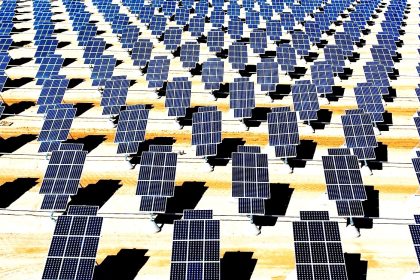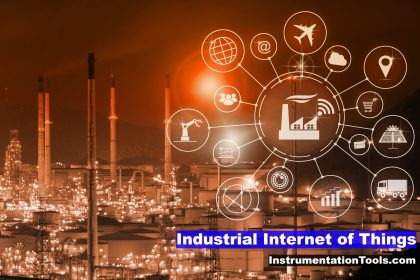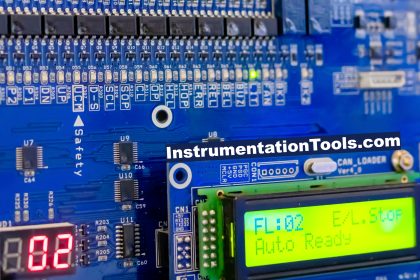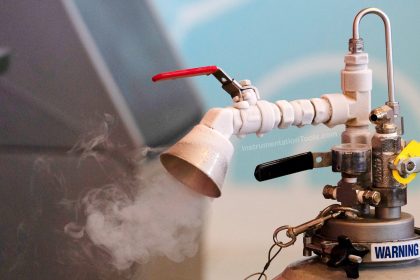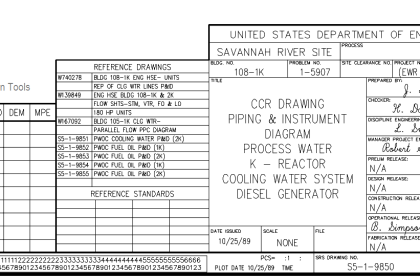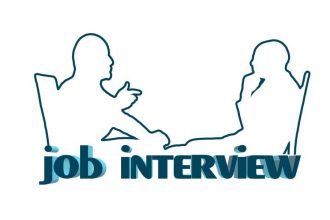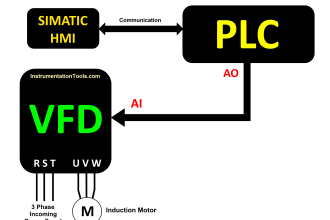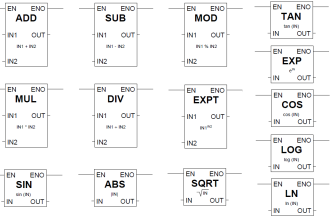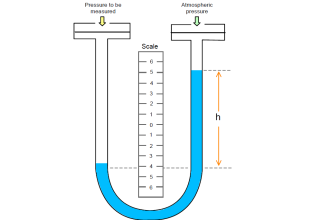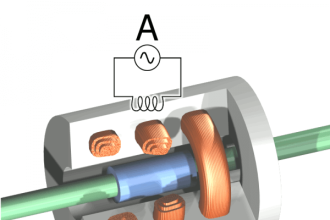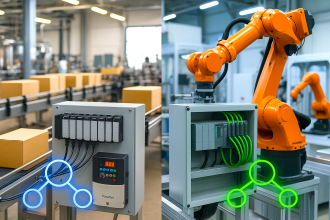The humidity sensors come in various types and are used to measure the moisture content in the air.
Comparison of Humidity Sensors

The table outlines the key features of commonly used types of humidity sensors:
| Parameter | Capacitive | Resistive | Thermal Conductivity | Gravimetric | Psychrometer | Optical | Hair Hygrometer |
|---|---|---|---|---|---|---|---|
| Principle of Operation | Dielectric constant varies with humidity | Resistance varies with moisture | Thermal conductivity varies with humidity | Absorbed water weight | Wet-bulb and dry-bulb temperature difference | Light scattering or absorption | Hair length changes with humidity |
| Humidity Range | Wide (0 to 100%) | Moderate (10 to 90%) | Wide (0 to 100%) | Limited (20 to 90%) | Wide (0 to 100%) | Moderate (20 to 90%) | Wide (20 to 100%) |
| Accuracy | High | Moderate | Moderate to High | Very High | Moderate | Moderate | Low to Moderate |
| Response Time | Fast | Moderate | Moderate | Slow | Moderate | Fast | Slow |
| Sensitivity | High | Moderate | Moderate | High | Moderate | Moderate | Low |
| Cost | Moderate to High | Low | High | Very High | Low to Moderate | Moderate to High | Low |
| Temperature Sensitivity | Moderate | High | Low | Moderate | Moderate | Low | Moderate |
| Maintenance | Low | Moderate | Moderate | High | Moderate | Low | Moderate |
| Ease of Installation | Easy | Moderate | Moderate | Difficult | Moderate | Moderate | Easy |
| Safety Aspects | Generally Safe | Generally Safe | Generally Safe | Generally Safe | Generally Safe | Generally Safe | Generally Safe |
Here’s a brief explanation of the terms used:
- Principle of Operation: The underlying mechanism or physics that allows the sensor to measure humidity.
- Humidity Range: The range of humidity levels the sensor can accurately measure.
- Accuracy: The level of precision in humidity measurement.
- Response Time: How quickly the sensor can respond to changes in humidity.
- Sensitivity: How much the output changes for a given change in humidity.
- Cost: The relative cost involved in purchasing and installing the sensor.
- Temperature Sensitivity: The sensor’s responsiveness to changes in temperature, which may affect its accuracy.
- Maintenance: The level of upkeep required to keep the sensor in optimal condition.
- Ease of Installation: How easy or difficult it is to install the sensor.
- Safety Aspects: Safety considerations, are mainly relevant if the sensor is used in hazardous or extreme conditions.
If you liked this article, then please subscribe to our YouTube Channel for Instrumentation, Electrical, PLC, and SCADA video tutorials.
You can also follow us on Facebook and Twitter to receive daily updates.
Read Next:
- What is a Probe Thermometer?
- Response Time Test of RTD
- Transmitter Burnout Function
- Thermowell Outer Diameter
- Temperature Transmitter Maintenance
